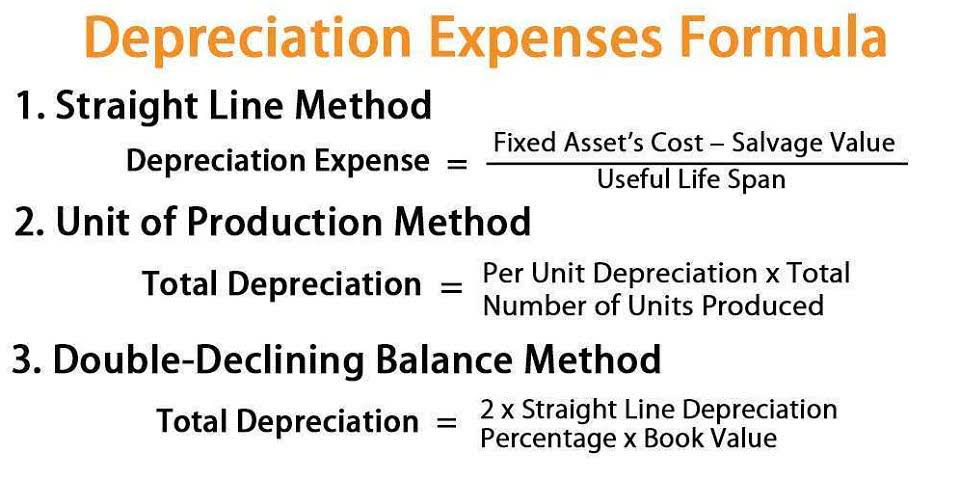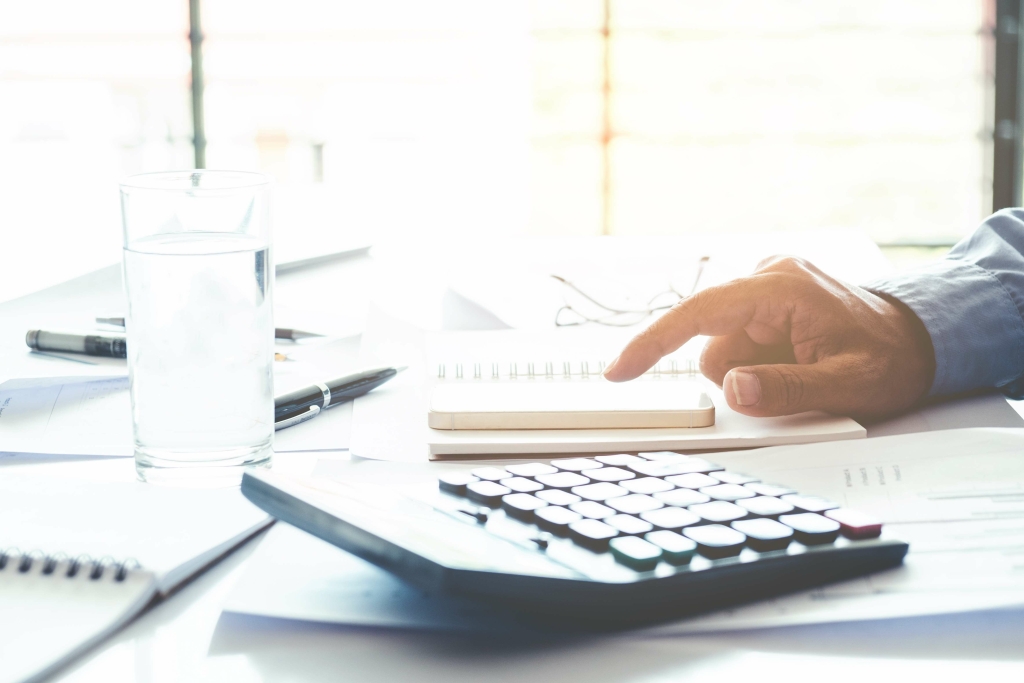
Fixed assets such as servers, transport trucks and elevators require a large capital investment. In some businesses, as much as 40 percent of investment goes to buying equipment and vehicles. No—different businesses have different kinds of plant assets depending on what products or services they offer. Plant assets are long-term physical items a company owns and uses to make its products, like buildings, machines, and equipment. Knowing when equipment will likely need replacement helps plan capital expenditures wisely; this plant asset definition ensures continuous operation without unexpected downtime or costs due to failed assets.
Make it easy for workers to navigate the facility, cut down on travel time & congestion in aisles.

Tom’s Machine Shop is a factory that machines fine art printing presses. One of the CNC machines broke down and Tom purchases a new machine for $100,000. The bookkeeper would record the transaction by debiting the plant assets account for $100,000 and crediting the cash account for the same. Since these assets produce benefits for more than one year, they are capitalized and reported on the balance sheet as a long-term asset. This means when a piece of equipment is purchased an expense isn’t immediately recorded.

Benefits of Integrating a Plant Asset Management Plan
For example, due to a decline in market demand, the business determines that the manufacturing machine’s recoverable amount is now £90,000 (down from £110,000). Plant assets, except for land, are depreciated to spread their cost out over their useful life. For example, a business spends £5,000 on upgrading the manufacturing machine to improve its efficiency. For example, a company purchases a new manufacturing machine for £100,000. Plant assets are initially recorded at cost plus all expenditures necessary to buy and prepare the asset for its intended use. Get the most out of your enterprise assets with IBM Maximo Application Suite, an integrated set of intelligent software.
Plant Assets in Financial Statements
This helps both sides—the giver gets a tax write-off and the receiver gains valuable tools without cost. This blog post will shine a light through the complexities of understanding these crucial resources. You’ll learn what they are, see examples come to life, and discover strategies for smart management that could save money while boosting efficiency. Plant assets (other Bookkeeping for Veterinarians than land) are depreciated over their useful lives and each year’s depreciation is credited to a contra asset account Accumulated Depreciation. If debt has been used to purchase the plant asset, then the cash flow statement would also show the regular payments towards that debt too. Naturally, the initial purchase of the plant asset would be an outflow of cash, any subsequent sales would be a cash inflow.

Efficient asset management systems begin with Camcode bar code labels.
Other methods are – Double Declining Balance Method, Insurance Policy Method, Unit Production Method, etc. It would depend upon the company accounting policies, management, and expected usage of the asset, to opt for the suitable depreciation method. With a complete view, organizations gain insight into their complex asset environments. Features and workflows help them optimize management tasks and reduce downtime. Teams also have an enterprise view of safety and environmental controls, the better to cash flow address issues and risks. To put it into perspective, consider this scenario where your organizations owns vehicles.

